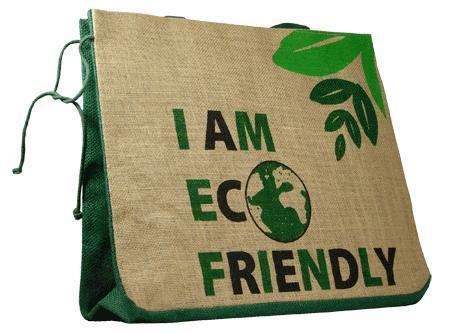courtesy: www.sciencedirect.com
Introduction
Lead manufacturing typically utilizes recycled material, known as secondary lead, in very significant fractions; for example, in North America, secondary lead accounted for 88% of the lead consumed in 2007. With such a large fraction of secondary lead used in industrial manufacturing, lead is not actually consumed but accumulated in modern economies, Figure 1 shows the growth of recycled lead content in manufactured lead over the past several years and projects the expected growth into the future. The economic and environmental dynamics of lead usage drive the industry to such a high recycle ratio. The largest use of lead in industrial economies is lead–acid rechargeable batteries henceforth refered to as (LABs), which is the dominant battery technology in automotive starting, lighting, and ignition (SLI) application, uninterruptible backup power supplies for telecommunications, computers and building maintenance, and electric traction applications such as fork-lift trucks. Currently, rechargeable batteries account for greater than 85% of the lead usage worldwide and represent a major portion of material entering the recycle stream. Removal of lead from numerous applications over the past 30 years makes LAB. Main market segment for the element. Environmental and health concerns motivated the discontinuation and replacement of dissipative lead uses with more benign materials; for example, tetraethyl lead as a fuel additive in gasoline has been replaced with iso-octane, and numerous lead-free materials have replaced lead pigments and chemicals. Technological improvements may cause the replacement of lead, such as in the electronics market where liquid crystal display technology replaced lead silicates used in cathode ray tubes for television. Also, lead-based solders used in applications such as food packaging, electronic assembly, and water delivery have been replaced by lead-free materials such as ternary eutectic tin solders in electronics or plastic piping that does not use solder fastening. Lead use is focused on one application, LAB.
The use of lead in batteries is very advantageous to the lead recycling industry for three reasons. First, the batteries represent a highly concentrated source of lead; approximately 60% of the battery is lead-based material. A schematic structure of a typical SLI for automotive application is shown in Figure 2, while Table 1 gives a breakdown of the weight percentages of each component. Lead oxides and sulfate, not metallic lead, represents the majority of the lead content in LAB. The reclamation of metallic lead from these salts may use industrial-scale thermal or electrochemical methods. Second, the cycle life of LAB is very predictable with an expected lifetime of 4 years (for SLI). Their regular replacement in the entire vehicle fleet assures a stable stream of material to be recycled. Finally, there is a stable reverse distribution system between collectors and consumers that successfully concentrates the end-of-life LABs for recycling. The structure of the reverse distribution system is aided by the use of a core charge for used cells. The core charge acts as a deposit where the consumer must pay extra for a new battery if they do not return the old one for recycling. Other lead-based materials do enter the recycle stream from plumbing, roofing, wheel-weight, and shielding applications; however, they account for a small and shrinking fraction of total lead recycled per annum. An additional factor driving the high recycle rate of lead is the strict environmental controls associated with its use and emission into the environment. Legislation has made the disposal of lead-based materials into the solid or water waste streams unacceptable, which further drives the need for a socially acceptable disposal solution given the strategic nature of LAB. Emission limits for lead in the environment have been lowered over the past 30 years and continue to be reviewed and scrutinized to limit public health effects.




